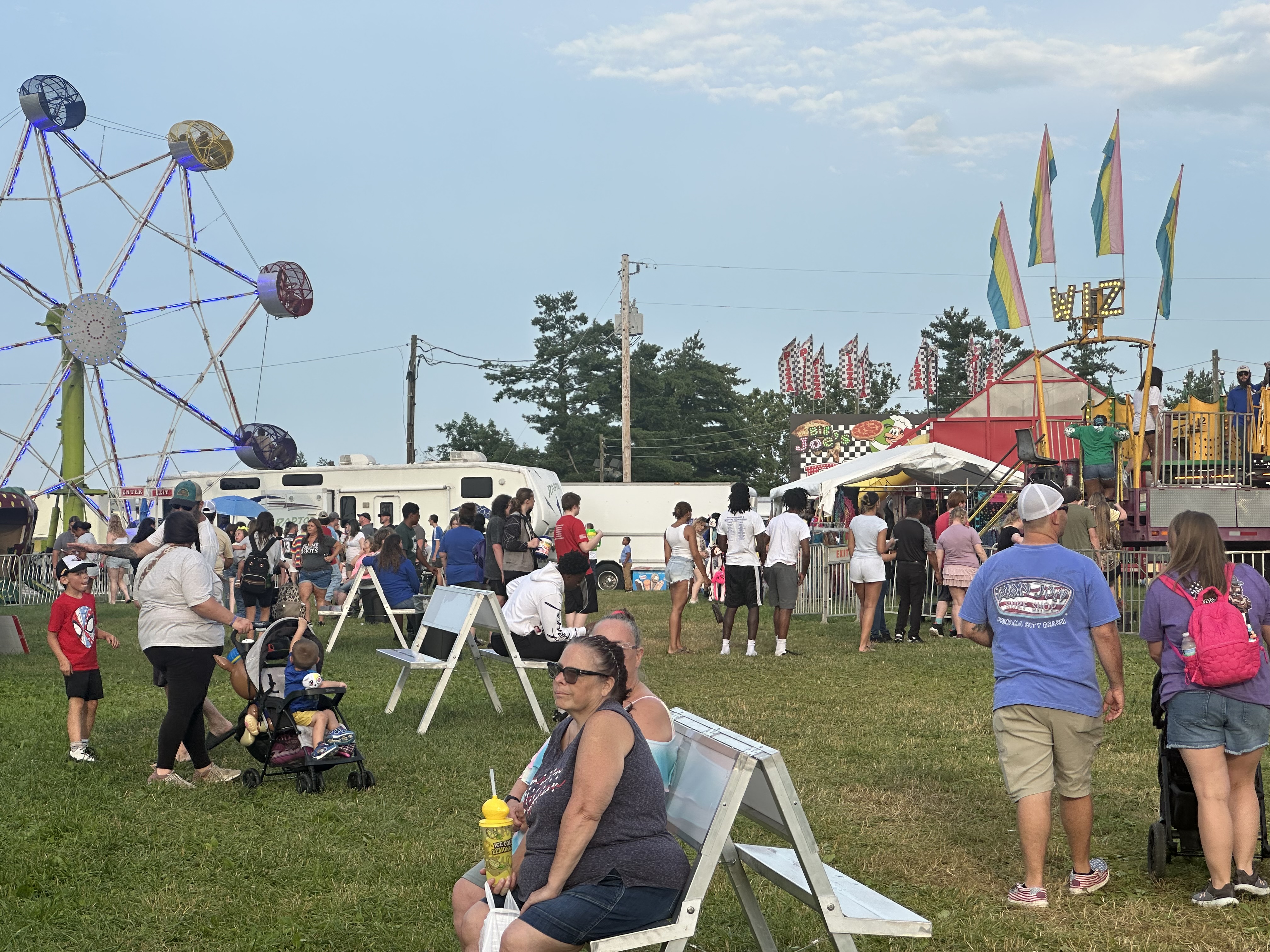How to prepare for winter weather
Published 2:33 pm Friday, November 16, 2018
It has been but a few weeks since we were contending with 90-degree temperatures and wondering if fall would ever arrive.
Now there are subfreezing temperatures and precipitation in the forecast.
Fall has been wonderful if somewhat short-lived. But now it is time to start thinking about winter weather.
In addition to cold, overcast days with minimal daylight hours, this can include winter storms and blizzards which may last for just a few hours or for several days. And these can knock out heat, electrical power, and communication services and place older adults, young children and the sick at great risk.
Preparation for such weather starts with recognizing this region is prone to hazardous winter conditions such as icy roadways, heavy snows and ice storms, as well as sub-zero temperatures.
Now is the time to prepare your home to retain heat by means of insulation, caulking and weather stripping. Special attention should be given to insulating pipes to prevent them from freezing and bursting.
Because additional heat sources are frequently used, smoke alarms and carbon monoxide detectors with battery back-ups should be installed and tested.
Since the time change just occurred a few weeks ago, now is a good time to test those alarms and detectors.
When considering additional or supplemental heat sources, never use a grill (large or small) or the kitchen oven to provide indoor heat.
When a generator is used to provide electrical power, recent studies indicate it should be positioned at least 20 feet or more outside away from the house.
These various sources can produce carbon monoxide which is a lethal odorless gas.
Awareness of impending bad weather is critical for preparation. But it is readily accessible now with numerous weather alert apps available for smart phones.
In addition, National Oceanic and Atmospheric Administration (NOAA) weather radios provide not only warnings but continuous updates on changing weather conditions.
Should conditions develop that prevent you getting in or out of your home, or if power is disrupted for an extended period, various essential supplies should be stockpiled ahead of time.
Along with food and water, these should include, but are not limited to, flashlights, radios, extra batteries, and individual-specific necessities such as special medications.
An emergency supply kit should also be assembled for your car. Even if you are not the one involved in a collision or that slides off the road (though that is quite possible), it is likely you may be stopped for hours on the interstate while another accident is being tackled.
This kit should include jumper cables, sand, a flashlight (with extra batteries), warm clothes, blankets, bottled water and non-perishable snacks.
A portable phone charger is always a good idea should you not be able to use the charger connection in your car. And always keep the gas tank full. You never know how long you may be stranded.
Of course, it is best to stay off the roads, if at all possible, during hazardous winter weather. But if you do have to be out, make sure your car is prepared for the poor conditions.
At the very least, make sure all windows, headlights, taillights and outside mirrors are clear of snow and ice. Remember your headlights and taillights are not just to allow you to see better but so other motorists can see you clearly.
In addition to these precautions and a supply kit, your car should be properly serviced for winter conditions. This would include checking tire pressure and tread depth, using winter windshield wiper fluid, checking your engine coolant and antifreeze levels and switching to a winter-grade oil at your next oil change.
Should you need to be outside during extreme winter temperatures, limit the time and be sure to wear layers of warm clothing. This will trap more warm air next to you for insulation, and allow you to shed a layer at a time if physical activity causes you to get too warm.
Shoveling snow is a common outdoor activity known for being strenuous and increasing the risk for heart attacks. Avoiding overexertion by shoveling many light loads instead of fewer heavy ones, taking frequent breaks and drinking plenty of water will help reduce this risk.
Those spending time outdoors need to pay attention to signs of frostbite and hypothermia.
Frostbite occurs when tissues freeze and causes a loss of feeling and color from around the face, fingers and toes. The signs for it include numbness, white or grayish-yellow coloration and firm or waxy skin.
Treatment for frostbite should include getting the person to a warm room, soaking the affected body part in warm (not hot) water and using body heat to warm. Do not massage the area or use a heating pad.
Hypothermia is a condition in which the body’s temperature is unusually low. A temperature below 95 degree F is an emergency.
The signs for hypothermia include shivering, exhaustion, confusion, fumbling hands, memory loss, slurred speech or drowsiness.
Treatment for hypothermia should involve getting the person to a warm room, warming the center of the body first including the chest, neck, head and groin. Keep the individual dry and wrapped up in warm blankets, including the head and neck.
In both cases, seek medical attention promptly.
For more information regarding being prepared for winter weather, visit ready.gov/winter-weather. For any questions regarding this column, contact Jim Cowan at the Clark County Health Department environmental office by calling 859-385-4453 or by email at jamesm.cowan@ky.gov.





